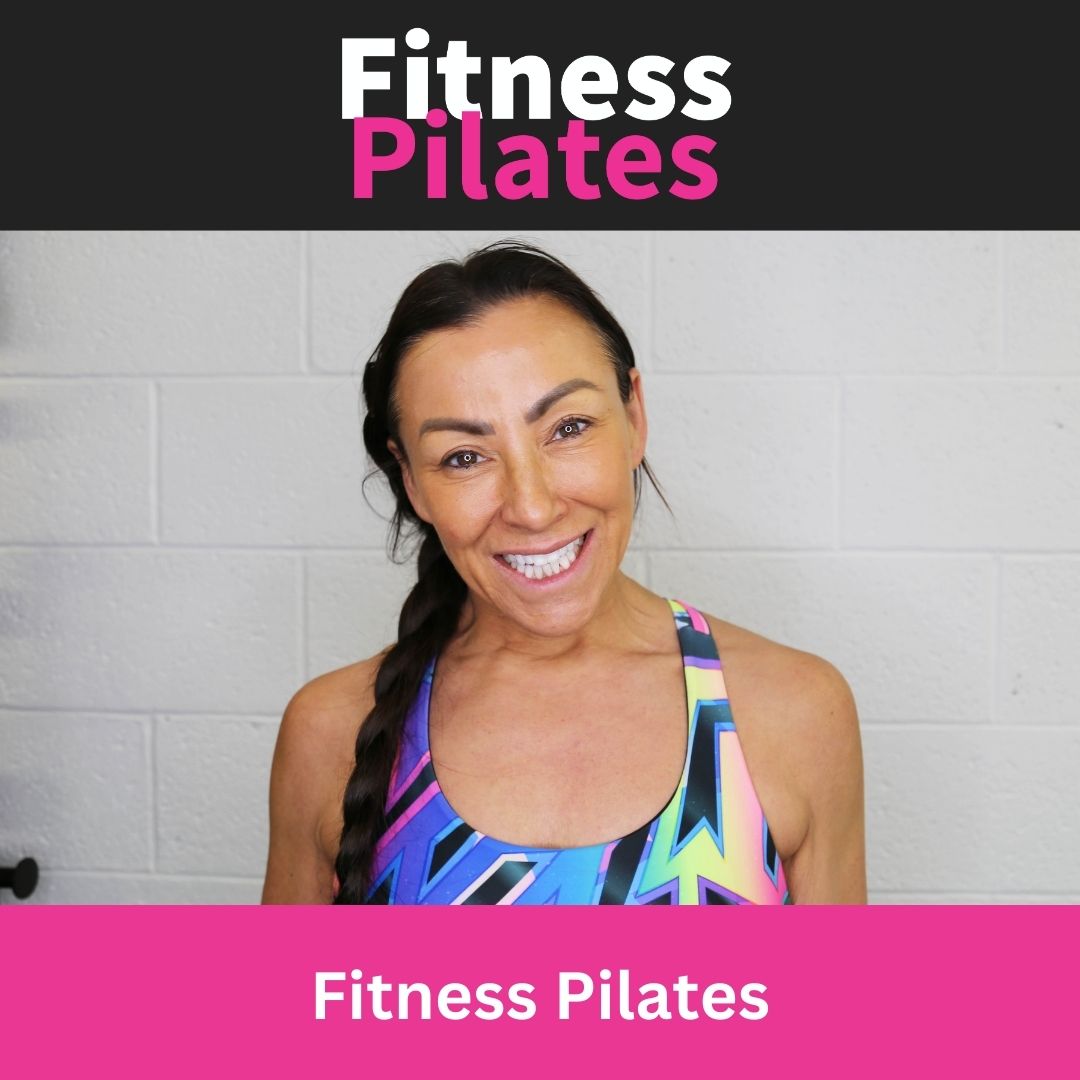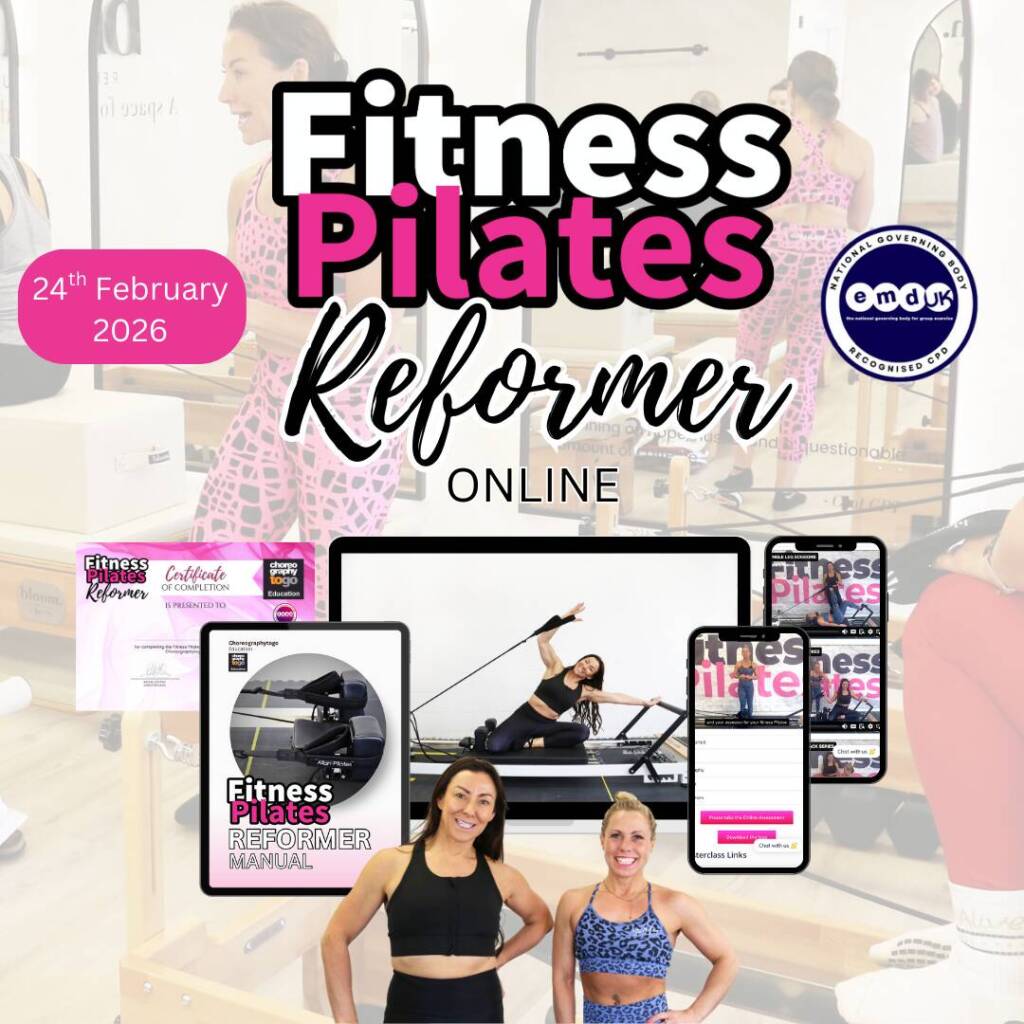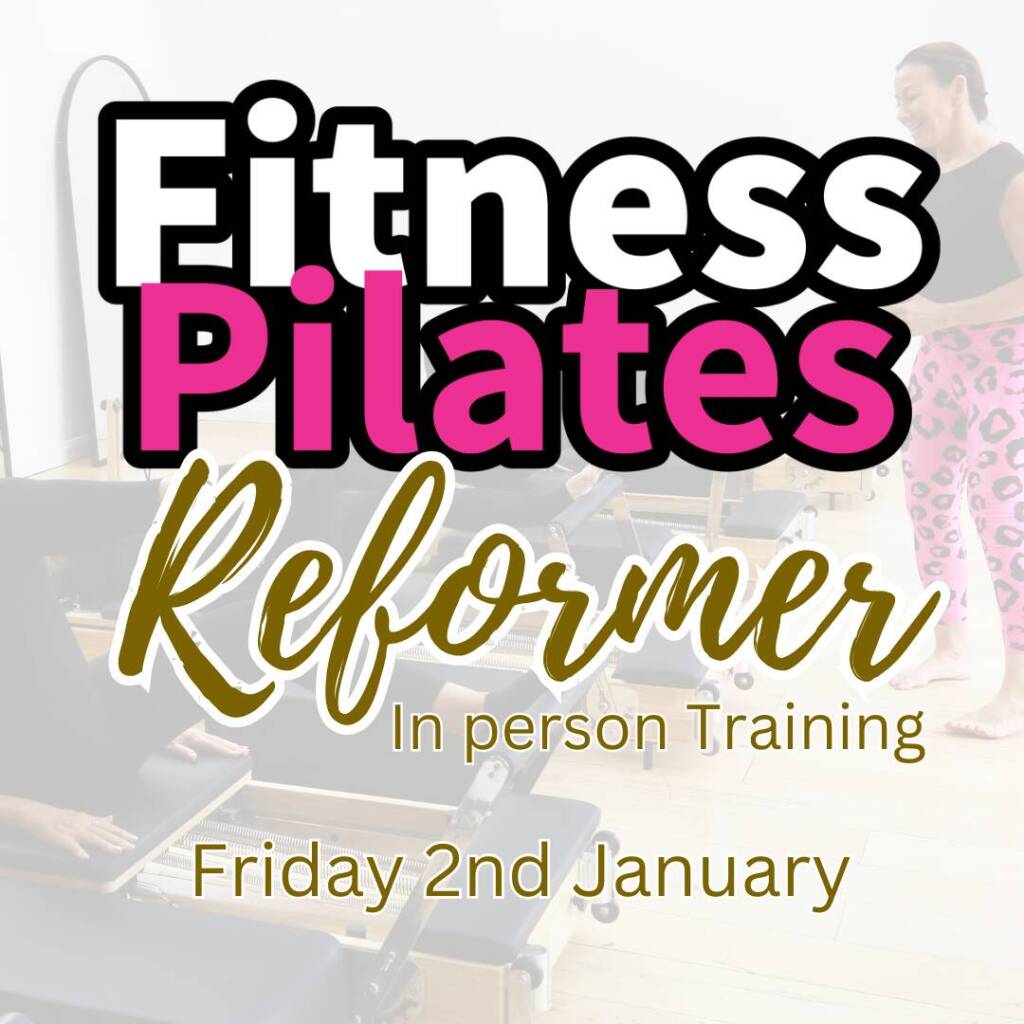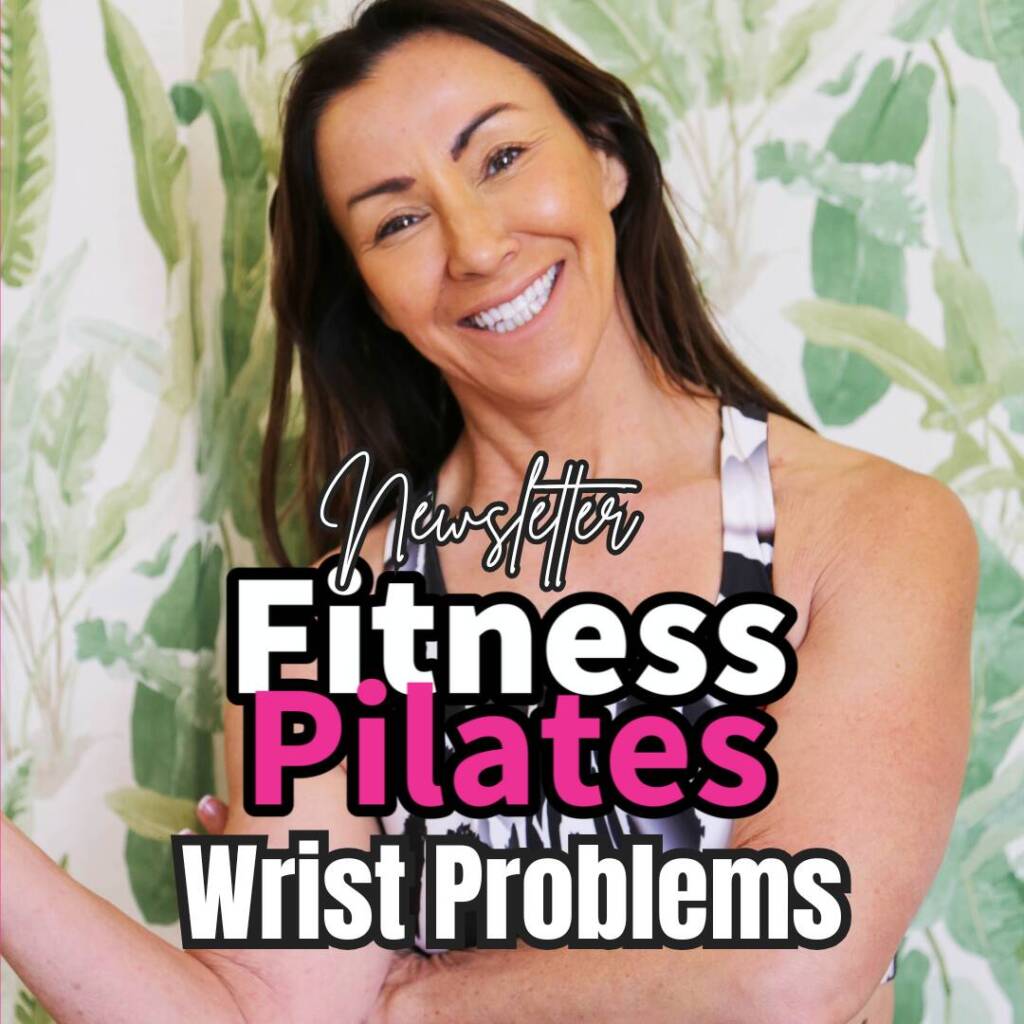
The Fitness Pilates Blog
This Week’s Deep Dive: Spinal Fusion & Fitness Pilates
It’s Summer Solstice Week!
We’ve got a fantastic line-up of masterclasses happening, and to make it even more special, Pure Energy are releasing brand-new Summer Solstice music! I’ll be posting all the offers and deals in the Facebook group, so keep an eye out.
 This Week’s Deep Dive: Spinal Fusion
This Week’s Deep Dive: Spinal Fusion
Many people who’ve experienced back problems or undergone spinal surgery are drawn to Pilates as a way to build strength and support their recovery. That’s why it’s so valuable to keep your knowledge updated on common procedures like spinal fusion.
Today, we’re focusing on what spinal fusion is, why it’s done, and how to adapt Fitness Pilates safely and effectively for clients with this condition.
What is a Spinal Fusion?
Spinal fusion is a surgical procedure used to permanently join two or more vertebrae in the spine, eliminating motion between them. It is often used to stabilise the spine, reduce pain, or correct deformities.
 Why Might Someone Have a Spinal Fusion?
Why Might Someone Have a Spinal Fusion?
A person may undergo spinal fusion for several medical reasons, including:
- Chronic back pain from degenerative disc disease or arthritis
- Spinal instability or spondylolisthesis
- Spinal deformities such as scoliosis or kyphosis
- Injuries like fractures or dislocations of vertebrae
- Herniated discs not resolved by other treatments
- Spinal infections or tumours
- Post-trauma instability
 What Does the Procedure Involve?
What Does the Procedure Involve?
- The surgeon places bone or a bone-like material between the affected vertebrae.
- Metal plates, screws, or rods may be used to hold the vertebrae together while the bones fuse.
- Recovery can take several months, and flexibility in the fused area is permanently reduced.
 Fitness Pilates: Do’s and Don’ts for Clients with Spinal Fusion
Fitness Pilates: Do’s and Don’ts for Clients with Spinal Fusion
Always seek medical clearance and work within the client’s comfort zone. Exercises should be adapted to avoid spinal strain or excessive movement.
 DOs:
DOs:
- Focus on neutral spine alignment throughout.
- Emphasise core activation (especially transverse abdominis and pelvic floor).
- Include breathwork and controlled movement to improve proprioception.
- Use small, safe ranges of motion – think stability over mobility.
- Include hip mobility and shoulder girdle mobility where appropriate.
- Opt for closed chain exercises and supine or side-lying positions for safety.
- Encourage functional movement patterns to support daily activities.
 DON’Ts:
DON’Ts:
- Avoid any exercises involving spinal flexion, extension, or rotation in the fused segments.
- No roll downs, spine curls, teasers, or hundreds with head and shoulders lifted.
- Avoid loaded twisting or aggressive mobility work.
- Don’t cue “tuck the pelvis under” or over-articulate the spine.
- Be cautious with unsupported seated work if core strength is limited.
- Avoid prone positions if uncomfortable or not medically approved.
 How Common is Spinal Fusion Surgery?
How Common is Spinal Fusion Surgery?
Spinal fusion is a relatively common orthopaedic procedure, especially among individuals with chronic back issues.
- In the UK, spinal fusion is performed less frequently than in the US but is still a standard treatment for specific spinal conditions.
- It is more common in adults over 50, particularly those with degenerative disc disease, osteoarthritis, or spinal instability.
 What’s the Recovery Like?
What’s the Recovery Like?
Recovery can vary, depending on:
- The location and number of vertebrae fused
- The individual’s age, health, and fitness level
- Whether the surgery was done using minimally invasive techniques
 Typical Recovery Timeline:
Typical Recovery Timeline:
- Hospital stay: 2–5 days (longer if complications occur)
- Initial recovery: 4–6 weeks for basic healing and reduced pain
- Bone fusion time: 3–6 months for vertebrae to fully fuse
- Return to full activity: May take up to 12 months for high-impact or strenuous movement
 During recovery:
During recovery:
- Clients are encouraged to start gentle movement and walking early on to avoid stiffness and aid circulation.
- Physiotherapy is often part of the rehabilitation process.
- Long-term mobility may be reduced in the fused area, so functional movement and core support become critical for daily living and exercise.
Is this helpful….email me and let me know and please feel free to share with your class members.
Ill post this in the Fitness Pilates Facebook group so we can continue the discussion there.
Have a lovely weekend.
Rachel x
JUNE PILATES COURSES
June Training Opportunities – Don’t Miss Out!
June is Pilates Teacher Training month here at Choreographytogo Education! We have a wide range of pilates courses and qualifications in Pilates and reformer, see below:
Active IQ Level 3 Pilates Matwork Diploma 5/12/19 June Online via Zoom 3 contact days
Level 3 Reformer Pilates Studio Qualification 24 June Bloom Reformer Studio Derby Live event
Fitness Pilates Reformer Certification Online ZOOM 25 June
Fitness Pilates Teacher Training Course on Zoom 28/29 June 2 live contact training days on Zoom
Would you like to book Fitness Pilates & Fitness Pilates Reformer Together? Learn more here
Our courses are Accredited and we boast 5 star reviews, we hope to welcome you onto a course this June!
Get our special Summer Solstice bundle here
Join the Fitpro Choreography Newsletter here
Join the Fitness Pilates newsletter here
Join my free women’s wellness newsletter here
Share this post:
Latest Fitness Pilates Courses & Classes

Infrared Fitness Pilates Hot & Reformer Masterclass in C2GO Studio For Fitpros January
£55.00


The latest Fitness Pilates blogs & news
Join the Fitness Pilates newsletter
A short description introducing your business and the services to visitors.





 Why Might Someone Have a Spinal Fusion?
Why Might Someone Have a Spinal Fusion? What Does the Procedure Involve?
What Does the Procedure Involve? Fitness Pilates: Do’s and Don’ts for Clients with Spinal Fusion
Fitness Pilates: Do’s and Don’ts for Clients with Spinal Fusion DOs:
DOs: DON’Ts:
DON’Ts: How Common is Spinal Fusion Surgery?
How Common is Spinal Fusion Surgery? What’s the Recovery Like?
What’s the Recovery Like? Typical Recovery Timeline:
Typical Recovery Timeline: During recovery:
During recovery:











